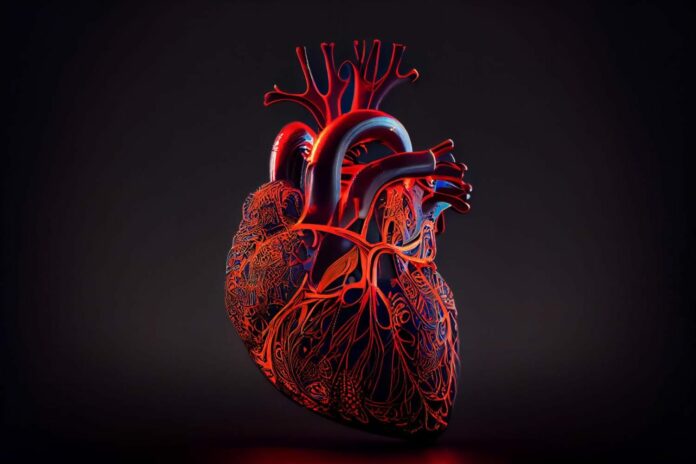Researchers Bursac and Nicholas Strash from Duke University used neonatal rat heart cells in a 3D hydrogel to mimic adult-like heart tissues. They injected the muscle with a virus carrying a mutated BRAF gene to stimulate cell division. The virus inserted the gene into cells, becoming part of their DNA. Introducing a drug activated the mutated genes, prompting heart muscle cells to start dividing, similar to skin cancer. However, there were challenges.
Strash said, “Once the cells started entering their multiplication phase, they also began disassembling the machinery that allows them to contract and pump blood when in the heart. It caused the tissue to lose about 70% of its contractile strength, which is pretty dramatic. One reason is that almost all cells in the tissue got infected by the virus.”
The results are promising, as a therapy making adult heart cells multiply is optimistic. However, controlling gene activation is crucial to manage strength loss. Before using this in humans, more research is needed to control dosage and duration precisely.
Firstly, a new delivery system is needed to deliver genes precisely. However, methods like lipid nanoparticles and short-lived viruses are still being developed for human heart regeneration. Another challenge is starting heart tissue regeneration without weakening it. Researchers believe there might be a window to stop mutated gene activity after replication but before affecting heart strength. Alternatively, a second therapy could prompt cells to rebuild the dismantled pumping machinery after proliferation.
Bursac said, “The heart essentially does not have primary cancers, and it’s almost unique that it doesn’t.“Introducing this cancer mutation in the heart is an engineered outcome that doesn’t happen naturally. Studying it in lab-grown tissues is a great step toward understanding what this entire signaling pathway does within the heart. It could have benefits beyond regenerative therapies.”
In conclusion, using skin cancer genes to heal hearts shows promise. Further research is needed to improve gene delivery methods and address challenges in heart tissue regeneration. Testing on live animals will provide more insights for efficient healing without functional decline.
Journal reference:
- Nicholas Strash, Sophia Deluca, et al., Time-dependent effects of BRAF-V600E on cell cycling, metabolism, and function in engineered myocardium. Science Advances. DOI: 10.1126/sciadv.adh2598.
